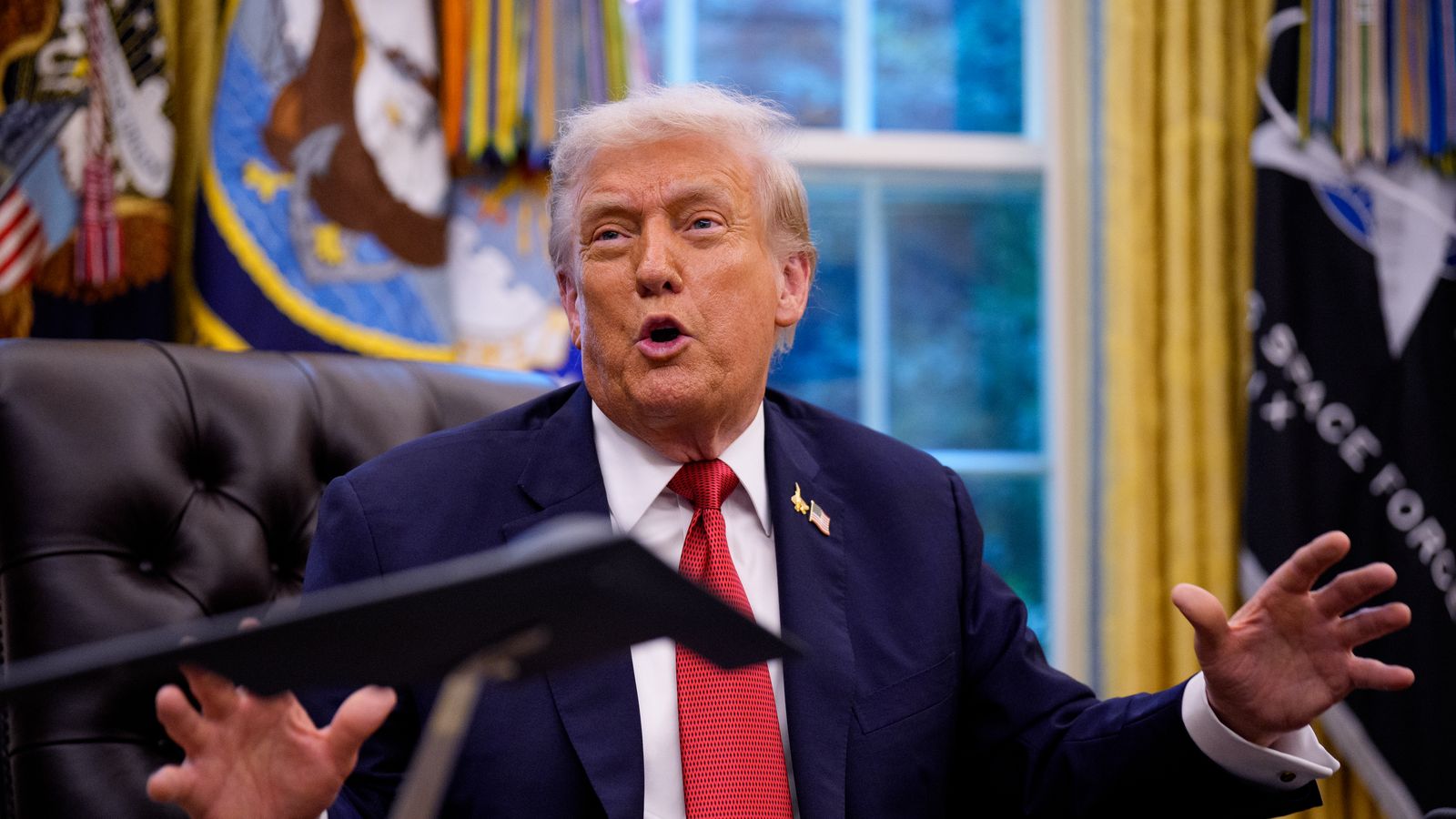The geopolitical landscape of the 21st century is experiencing rapid transformation, primarily driven by the rebalancing of power from the West to the East. Major global shifts highlight emerging economies, technological advancements, and strategic alliances that challenge the traditional order dominated by the United States and Western Europe. India, the world’s largest democracy and its most populous country as of 2023, stands at the epicenter of this transformation. Understanding India’s evolving role in new global geopolitics requires assessing its diplomatic strategies, economic growth, defense posture, and soft power outreach.
Diplomatic Engagement and Strategic Autonomy
One of the defining characteristics of India’s foreign policy is the pursuit of strategic autonomy. India carefully avoids aligning exclusively with any power bloc, promoting a balanced approach to global partnership. This philosophy, rooted in its Cold War-era Non-Aligned Movement legacy, has been recalibrated for contemporary challenges.
The emergence of the QUAD (Quadrilateral Security Dialogue)—an unofficial strategic platform that includes India, the United States, Japan, and Australia—illustrates India’s subtle role in participating within multilateral structures. Although QUAD is frequently seen as a response to China’s assertive actions in the Indo-Pacific, India continually supports a regional order that is inclusive rather than forming explicit military coalitions. The different speeds and priorities of India’s involvement with QUAD, the Shanghai Cooperation Organization, and BRICS (Brazil, Russia, India, China, South Africa) demonstrate its dedication to practical diplomacy aligned to specific objectives.
Throughout the Ukraine crisis, India adopted an approach of steering clear of explicit reproaches in the United Nations, focusing on ensuring energy security and maintaining diplomatic adaptability. This position, marked by abstentions and appeals for discussion, reflects India’s commitment to pursue its national interests while staying involved in constructing global consensus.
Economic Growth and Trade Dynamics
India’s influence in international geopolitics is closely linked to its economic comeback. By 2024, India ranks as the fifth-largest economy globally and is expected to climb to the third-largest by the decade’s close. With a Gross Domestic Product exceeding $3.5 trillion, India plays a crucial role in global economic growth, making a considerable contribution to the increase of the world’s GDP.
India’s proactive involvement in programs such as the G20 highlights its ambition for a significant role in global economic leadership. Organizing the G20 Summit in 2023 not only boosted India’s position on the international platform but also strengthened its function as a connector between advanced and emerging economies. India’s advocacy for changes within global bodies like the International Monetary Fund and the United Nations Security Council demonstrates its dedication to a fairer international system that aligns with current economic conditions.
Trade diversification is another pillar of India’s geopolitical strategy. The country’s recalibrated approach to free trade agreements, illustrated by recent pacts with Australia and the United Arab Emirates, signals openness to global markets while safeguarding sovereign interests. Simultaneously, India’s production-linked incentive schemes and emphasis on manufacturing aim to reduce dependence on any single region and enhance resilience against supply chain disruptions.
Advancements in Defense and Security Alliances
Geopolitical challenges in Asia, particularly with China and Pakistan, have motivated India to upgrade its defense capabilities and strengthen security partnerships. India ranks high among the world’s top defense spenders, with its defense budget surpassing $70 billion in 2023. The nation is investing in local missile programs, expanding its navy, and advancing its fighter jet fleet, showcasing its goal to achieve strategic deterrence and independent operational capabilities.
India’s geographic position across vital sea lanes in the Indian Ocean has furthered its maritime security profile. Initiatives like the Indian Ocean Naval Symposium and bilateral exercises with navies from France, the United Kingdom, the United States, and ASEAN partners underscore India’s commitment to freedom of navigation and regional stability. Moreover, the country’s active participation in United Nations peacekeeping missions enhances its stature as a responsible contributor to global peace and security.
Nevertheless, India’s defense strategy is fundamentally based on strategic restraint, aiming to prevent escalation despite provocations, as demonstrated during the 2020-21 border standoff with China in Ladakh. While maintaining strong defense readiness, India also engages in diplomatic conversations to handle conflicts and reduce tensions.
Advancements in Technology and Digital Diplomacy
India’s shift towards digitalization and its increasing technological capacity have become essential components of its geopolitical approach. As the world’s third-largest startup ecosystem, featuring prominent unicorns in financial technology, healthcare technology, and educational technology, India’s innovative economy serves as a source of cultural influence and global reach.
The introduction of the Unified Payments Interface (UPI) has established India as a worldwide leader in digital financial inclusion, encouraging various nations in Africa and Southeast Asia to adopt or replicate the model. India’s effort to offer digital public goods to allied nations—referred to by Prime Minister Narendra Modi as “Digital Public Infrastructure for the Global South”—enhances its diplomatic relationships with developing economies and promotes South-South collaboration.
Involvement in the semiconductor supply chain project, partnerships on environmental technology, and funding in space discovery (emphasized by Chandrayaan-3’s moon touchdown) have further demonstrated India’s ambitions to be a technology provider instead of just a technology user.
Influence, Heritage, and Expat Communities
In addition to its strong military and economic presence, India effectively utilizes its significant cultural influence through diplomatic efforts and global networks of its diaspora. Bollywood, yoga, culinary diversity, and literary works are powerful means that affect worldwide views about India. The International Day of Yoga, commemorated globally each year since 2015 due to India’s efforts, exemplifies its accomplishments in cultural outreach.
The Indian diaspora, which is believed to exceed 32 million people, plays a significant role as a “third pillar” in India’s foreign affairs strategy. Skilled experts, notably in areas like Silicon Valley and Europe, enhance India’s reputation as a leader in innovation while serving as connectors for both economic and diplomatic relations. Proactive engagement during emergencies, such as extensive consular assistance for Indian nationals in Ukraine and Sudan, strengthens the confidence between the nation and its international population.
Challenges, Constraints, and Strategic Calculations
Despite its rising profile, India confronts critical challenges that constrain its global ambitions. These include complex relations with China and Pakistan, persistent border disputes, and the volatility of neighborhood politics, especially in Afghanistan, Myanmar, and Sri Lanka.
Socioeconomic disparities, environmental stress, and infrastructural gaps pose internal constraints that could slow India’s pace of global ascendancy. Furthermore, navigating the delicate balance between competing great powers—the United States, China, Russia, and the European Union—requires diplomatic dexterity. The tendency of external actors to pressure India into choosing sides, particularly during episodes involving Russia or economic competition with China, tests India’s resolve for nonalignment.
In the midst of these challenges, India’s capacity to implement significant global change relies on effectively aligning its domestic development goals with a flexible and internationally-focused foreign policy.
The evolving landscape of world geopolitics has transformed India from being a passive player to a powerful entity capable of influencing regional and global matters. By utilizing strategic independence, economic vitality, military advancements, and extensive cultural influence, India maneuvers through a multifaceted international environment filled with unpredictability and potential. While its ascent faces numerous obstacles, it aligns internal changes with active global involvement, placing India squarely among the key designers of the new global order.




